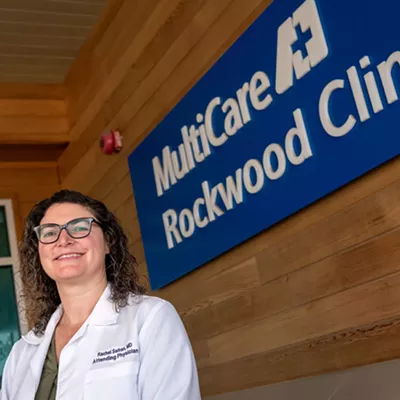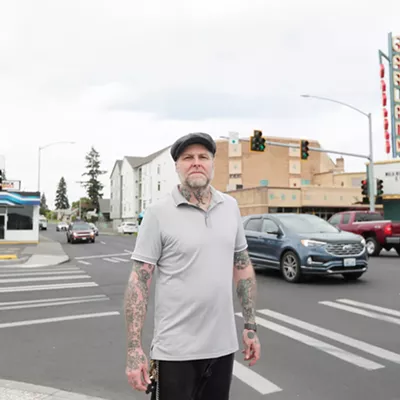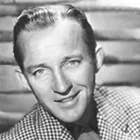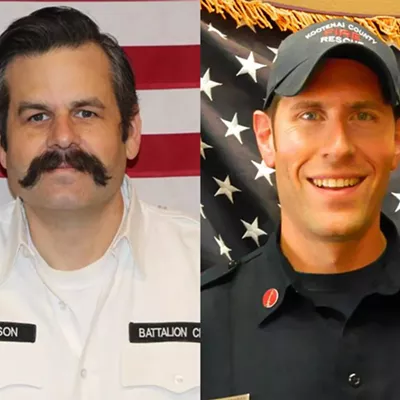I call Cathy Roginski a "graveside hostess," even though there's no such a thing, professionally speaking. If I were to use official cemetery-speak, she would be called a "lead-in."
"It's hard to describe what I do," says Roginski. "I wait at the gate, to lead those who are gathered for the burial service to the grave." So she is a bridge-builder of sorts. "I've already been ahead of them to the grave," she says, "checking out the space, seeing which way the casket goes. I'm with them during the burial. I'm the first and last person they see." Then Roginski quotes one of her favorite authors, Wendell Berry, "I am a witness," she says, "to the last of the last things."
Roginski has proof of what Flannery O'Connor once called "the mystery and manners" -- she uses these words to describe what she has seen. There was the time a grieving family came to an area cemetery, numb from the shock of the suicide of their father, lover and friend. As those who loved the man lingered around the funerary urn sitting on the table, Roginski asked them a question: "Are you wanting to witness the burial?"
"You can do that?" they asked.
"Sure," she told them. "You can place it yourself, or I can do it for you." Roginski laid the urn in its final place of rest, picking up some soil and throwing it in. As she slowly got up from her knees, she says a miracle happened. The children, all three of them, middle school-aged and younger, spontaneously began covering up the urn, burying their father. To Roginski it was grace in motion. "I moved into the inner circle that was surrounding them," she remembers. "I watched it unfold in all its wonder. On their hands and knees, the children felt compelled to do it all. I kept thinking they could've been at the seashore, pushing sand around."
Afterwards, Roginski learned the children loved to go camping with their father, that he had taught them how to set up camp, how to use dirt to put out a fire. "Nobody said a word. We knew that it was sacred ground."
If you spend time in Roginski's space for a while, you realize she has a story for just about every burial she's witnessed over the past four years. She knows of one grandmother who has been coming to the gravesite of her grandson, daily, for the last eight years. "She gave him a car for his birthday. He was killed in that car in a driving accident," says Roginski. "There is now a well-worn path to his grave site."
Someday, Roginski hopes to write this woman's story, to find out why she visits daily and what it is like to remember this death. The woman came from Germany to America after being an eyewitness to the Holocaust.
"I've been strangely reassured to be a part of it -- hundreds and hundreds of burial services," says Roginski. "We must learn to give in to the sacredness of grieving." It is these final moments of farewell that Roginski notices the commonality of grief. "When they get to canopy-over the grave site, where they are to gather around the casket or urn, there seems to be this invisible wall or line there," she says. "People stand back for a moment, not sure they want to enter into the finality of it all. When it is time to leave, just the opposite occurs. Now people try to pull themselves away. They go back and forth. Some touch the casket to say goodbye."
Roginski says she has no idea how she'll deal with death in her own family. But each day -- of going before, behind and alongside those who are grieving -- has led this graveside hostess into a deeper understanding of the reality she witnesses.
"Death is not a tragedy," she says. "Its timing and how it happens might be, but death itself is inevitable. It would really make us live better if we truly had knowledge of it."
Publication date: 06/26/03

















